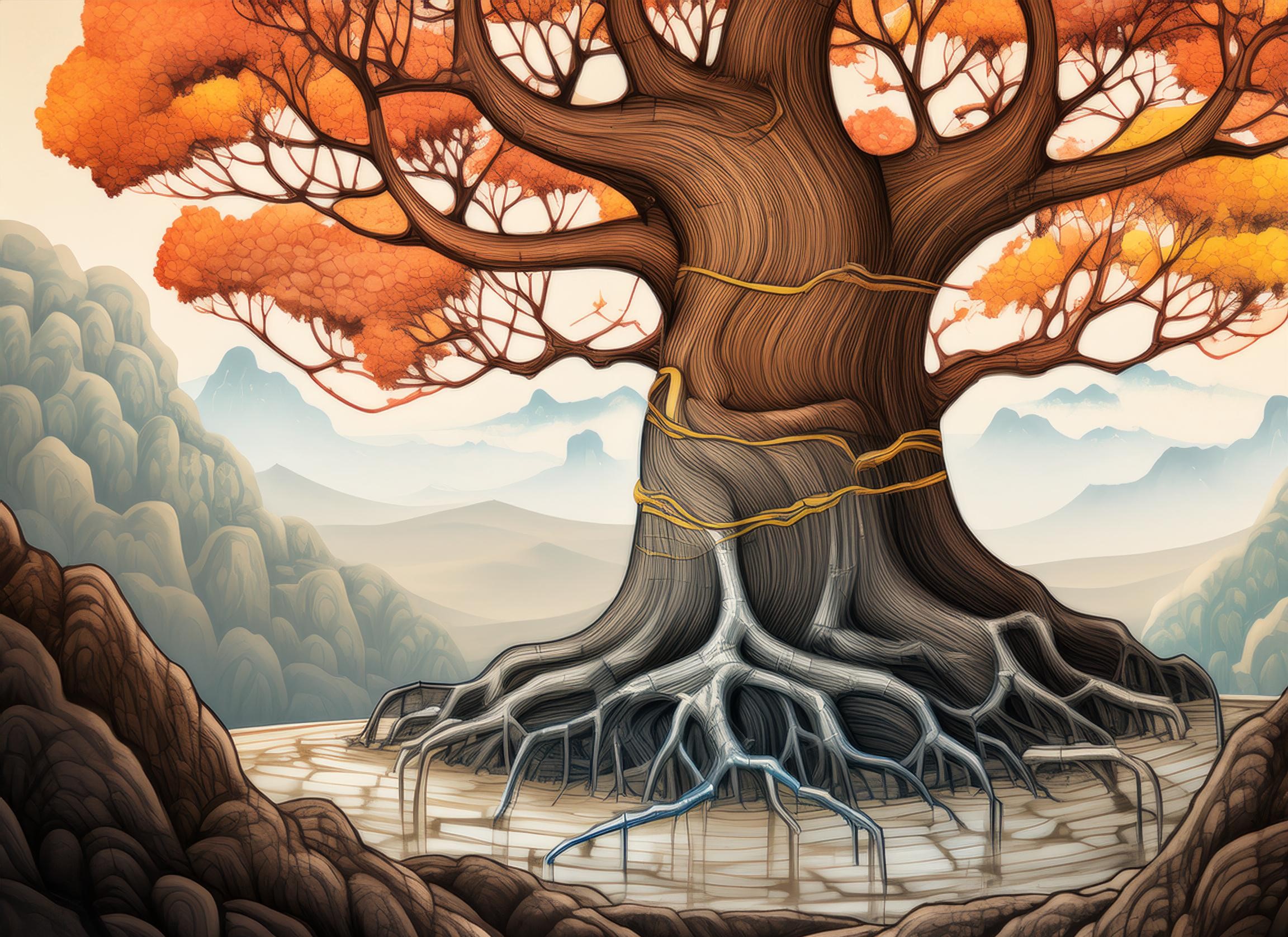Listening in the forest, it’s easy to hear lots of different natural sounds. One thing no one hears, though, is the trees talking to each other. Yet, Tree Communication does exist and trees can talk to each other – they just do it through pheromones or fungi filaments in the soil. They can also communicate with humans through signs that there may be something wrong if they’re struggling.
Basics of Tree-to-Tree Communication Methods
Pheromones are released by some trees to warn others in the area about something dangerous. On one tree enjoyed by giraffes, the pheromones released warn other trees to push more tannin into their leaves, which the giraffes don’t like, in the hopes that the giraffes will leave them alone. However, giraffes do know of this trick and have ways to get around it.
Trees also communicate with other trees around them using fungi filaments in the ground. They can share nutrients with new trees to help them grow or help sick trees get better with extra nutrients. The information they share through the fungi can help saplings learn about things they need to know. More research into tree communication and what they communicate is being done because this is a recent discovery.
How Trees Communicate With Humans
Trees don’t just communicate amongst themselves. They can communicate with anyone about their health and will show signs when there is something wrong with them. Signs of Tree Health can be subtle, but some stand out significantly in an attempt for the tree to get help as quickly as possible before the issue gets worse and they die from it. By knowing the signs of issues, people can take the appropriate steps to help the trees and keep them healthy for many more years.
What Signs May Indicate a Tree’s Health
So, what are the signs that trees may use to communicate that there is an issue? Anything that looks out of place or unusual can be a sign that something is wrong and the tree needs help. Some of the most common signs of a potential issue include the following.
Leaves Turning Brown or Falling
It’s common to see brown leaves during the summer, but if it happens during the spring, it’s a sign that there is an issue with the tree. There may be poor nutrients in the soil, a lack of water for the tree, or a pest infestation, so it is important to inspect the tree carefully to determine what it needs.
Branches that are Bare
If branches are bare and brittle when they’re snapped, the tree might need to be pruned or could require more nutrients. It could also be a sign that the tree is dying. Check at least a few branches to see if they are brittle, and if so, talk to an arborist to find out what is needed to help the tree.
Spots or Other Blemishes
Blemishes on the branches or trunk of the tree are often a sign that the tree is suffering from a disease or pests. A closer inspection can indicate what is harming the tree, and depending on what is found, what is needed to help it recover.
Though trees can’t talk like humans do, they can communicate with each other and with humans. The primary goal of communication is their health, as they may show signs of issues or warn other trees about impending danger. When any signs of an issue are noticed, professional assistance may be needed to find out exactly what the tree is saying and what help it needs. Talk to an arborist today to learn more.


